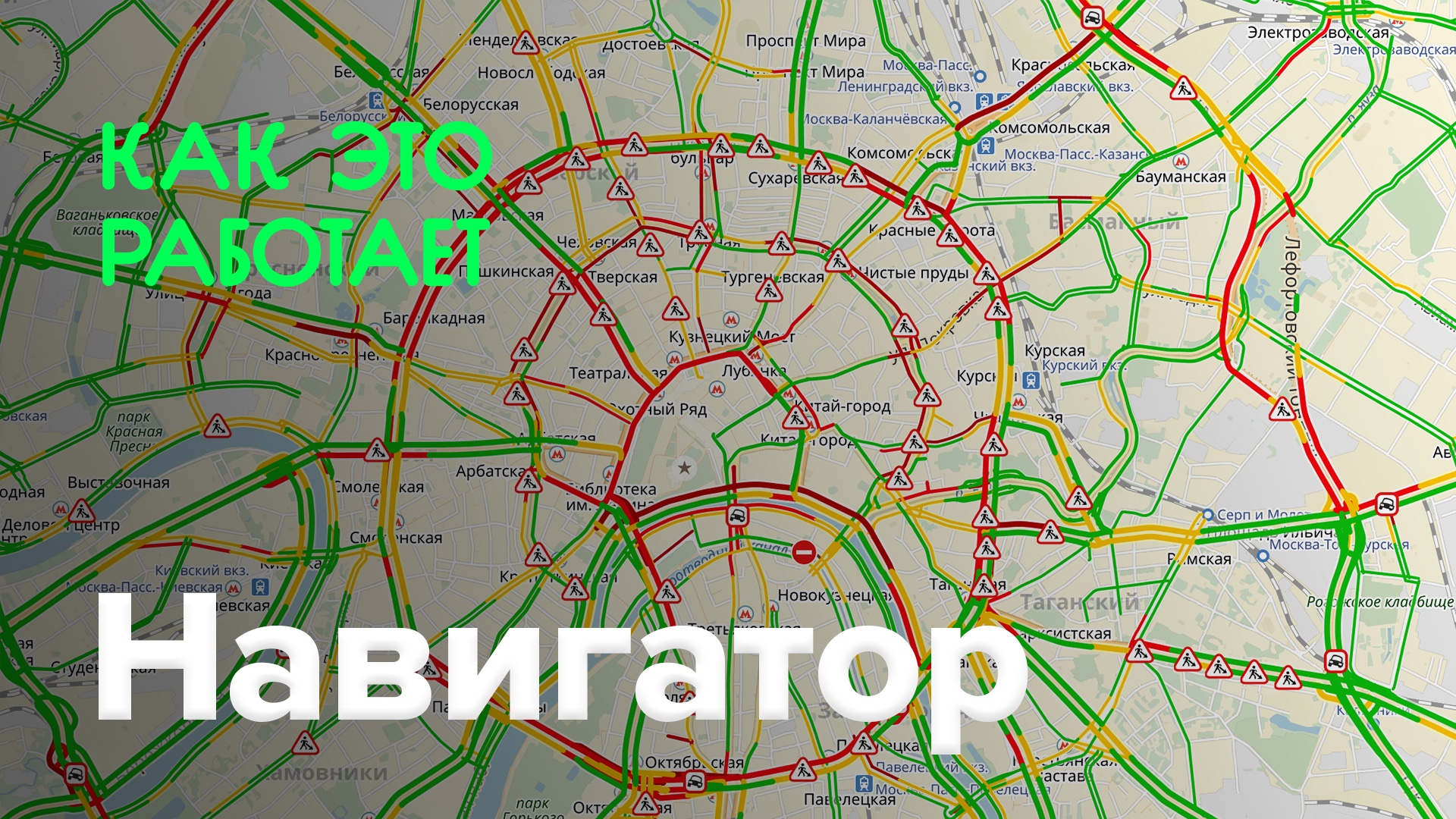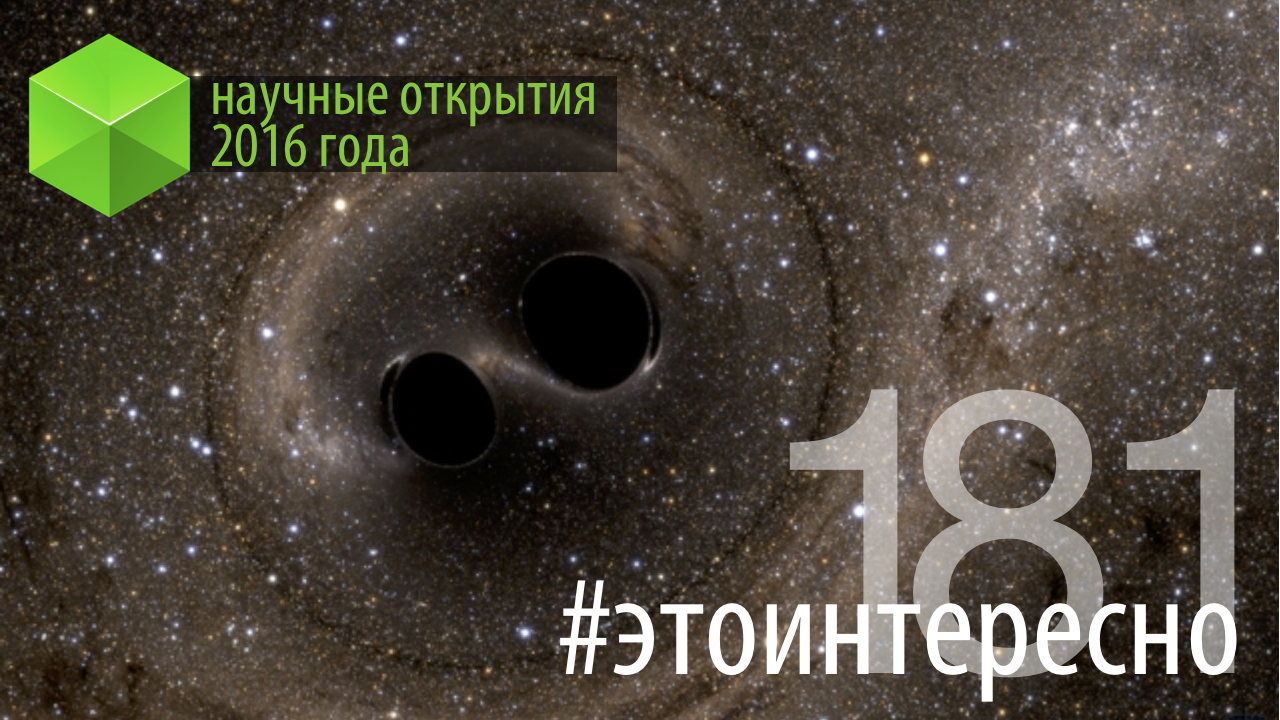How does it work? | Speech synthesis
 Source:
Source:
We talked about speech recognition, today we will discuss the inverse problem. So how does speech synthesis, or, in other words, converting arbitrary text to voice — this was in today's issue!
Http://www.youtube.com/watch?v=a_OeS-ORWQQ
The Task of speech synthesis is solved in several stages. First of all, a special algorithm is necessary to prepare the text to robot be comfortable to read: it records all the number words and decode abbreviations. Then the text is broken down into individual phrases that need to be read with continuous tone — for this system focuses on the punctuation and sustainable design.
Next, all words are phonetic transcription. To understand how to read the word and where to put it the accent, the system accesses the built-in, written by the dictionary. If the desired word is absent, the computer builds the transcription of their own, based on academic rules. If they are insufficient, in the case involving statistical rules: the system iterates through the records of the speakers and determines what style they did the emphasis.
When the transcription is made, the computer calculates how many frames, or, in other words, fragments with a length of 25 milliseconds. Next, each frame is described by many parameters: part of which phoneme it is, what place it occupies in a syllable that include this phoneme. It also describes the French or bezdarnosti phoneme, if it is a vowel. In addition, the system creates the correct intonation using phrase and sentence.
The system Then uses the acoustic model to read the prepared text. It establishes the correspondence between the phonemes with certain characteristics and sounds. Acoustic model knows how to correctly pronounce the phoneme and to give the correct intonation of the sentence through machine learning. The more data on which the model learns, the better she issued the result.
As for the votes, makes them recognizable in the first place, the tone depends on the characteristics of the structure of the organs of the vocal apparatus. The timbre of any voice can be simulated, that is, to describe its characteristics — it is enough to record in the Studio a small amount of text. From then on, the tone can be used in the synthesis of speech in any language. When the system needs to say something, it uses a generator of sound waves — the vocoder. Displays information about the frequency characteristics of the phrase, obtained from the acoustic model, as well as data on the voice which gives voice recognizable color.
It is Worth noting that the modern technology of speech synthesis have some problems. The first of these is the artificiality. Any synthesized speech is perceived by a person with difficulty, and he is forced to use additional resources to understand it. Thus, people can normally perceive synthesized speech only about 20 minutes. Also synthesized speech, as a rule, no emotional coloring, and it has low noise immunity. In other words, the perception of synthesized speech interfere with any person, even the small noises.
Recommended
Mystery of the Sargasso sea, and why there were dead ships
At the time, in the Sargasso sea lost a lot of ships. Almost all mystical place, about which people say, giving them a mysterious halo, are on the water. When ”ends”, the disappearances do seem very strange and inexplicable. One of the places that ar...
An air leak site has been found on the ISS. What's next?
Air leak occurs in Russian station module Inside the International Space Station live astronauts from different countries and all of them need oxygen. The air needed for the life of the crew is produced by special equipment, but the tightness of the ...
Why can thinking about death make life happier?
Awareness of one's own mortality can be a liberating and awakening experience How do you feel about the idea of death? How often do you think about it and what emotions do you feel? Many of us have been pondering these questions lately. The pandemic ...
Related News
How does it work? | Speech recognition
the First device for speech recognition appeared in 1952, it was able to understand spoken human figures. 40 years later, the first commercial software for recognizing human speech. They were designed for people who, because of ph...
How does it work? | Iris scanner
the Technology of scanning an iris of the eye was first proposed in 1936 by ophthalmologist Frank Bursh. He said that the iris of each person is unique. The probability of coincidence is about 10 to the minus 78 degrees, which is ...
How does it work? | Fingerprint scanner
identification of the fingerprint — one of the most reliable ways to confirm the identity of the person. On the accuracy of this method is second only to the retinal scan and DNA analysis. Fingerprint — it's nothing li...
How does it work? | Computer mouse
History of computer mouse originates 9 December 1968, when it was presented at the exhibition of interactive devices in California. The patent for this gadget got Doug Engelbart 2 years later. The first computer, the set which inc...
the History of computer keyboards goes back more than 150 years. The prototype of the modern keyboard was a typewriter, which appeared in the mid-nineteenth century. First, the keys with letters placed alphabetically. However, ove...
Touch panel, or another touchpad, was invented in 1988 by George Gerpheide. Then, Apple has licensed the project and, since 1994, began to use in the PowerBook laptops. Since the touchpad is the most common control device a laptop...
In today's issue of the scientific-educational programs «How does it work?» we'll talk about the SSD. Pleasant viewing! http://www.youtube.com/watch?v=tg9qRyCKbN4...
#trends | the Internet of things
Internet of things — another fashionable phrase in recent years can be heard more and more often. Actually, it appeared much sooner than you think, but only now the potential of this phenomenon seriously wonder about his pro...
How does it work? | 5G network
In today's issue of the scientific-educational programs «How does it work?» we will talk about how the 5G network. Pleasant viewing! ...
How does it work? | Wi-Fi in the plane
In today's issue of the scientific-educational programs «How does it work?» we will talk about how Wi-Fi on the plane. Pleasant viewing! http://www.youtube.com/watch?v=ytmb6jmjOXI...
What we will show at the Victory parade — 2017?
the Traditional parade of the great Victory, held may 9 in the heart of our country on the red square of Moscow, allows you to personally see the latest innovations vysokotekhnologichnoi military equipment of domestic production. ...
How does it work? | Wi-Fi in the subway
In today's issue of the scientific-educational programs «How does it work?» we will talk about how Wi-Fi in the subway. Pleasant viewing! http://www.youtube.com/watch?v=xSmsQolrPWs...
In today's issue of the scientific-educational programs «How does it work?» we will talk about how to operate a mobile navigation how the system route, measure and take into account traffic jams. Pleasant viewing! http:...
How does it work? | Cameras commit traffic violations
In today's issue of the scientific-educational programs «How does it work?» we will talk about the cameras fixing violations of traffic rules, how they work, measurement errors, and more. Pleasant viewing! http://www.yo...
#it is an interesting | Most unusual winter sports
Today we present to your attention the 183rd episode #it is an interesting, which we'll talk about the most unusual winter sports. Namely, we will focus on Snowkiting, winter equestrian Polo, brumble and much more. Pleasant viewin...
How does it work? | Intelligent video surveillance
In today's issue of the scientific-educational programs «How does it work?» we talk about intelligent video surveillance: the principle of operation of intelligent systems for the analysis and identification of objects, ...
#it is an interesting | Scientific discoveries of 2016. Part 2
Today we present to your attention the 181st episode #it is an interesting in which we will continue to talk about important scientific discoveries and achievements of 2016. Namely, we will focus on the FAST radio telescope, gravi...
#it is an interesting | Most unusual car parks
Today we present to your attention the 184th and last episode of #it is an interesting, which we'll talk about the most unusual winter sports. Namely, we will focus on Wolfsburg'Volkswagen's Autostadt, Michigan Theatre, 1111 Linco...
#it is an interesting | Most anticipated news of 2017
Today we present to your attention the 182nd episode #it is an interesting, which we'll talk about the most anticipated technological innovations of 2017. Namely, we will focus on wireless headphones translators Waverly Labs, iPho...
How does it work? | Hydroelectric
In today's issue of the scientific-educational programs «How does it work?» we talk about hydroelectric power: how it works, record high efficiency, the main advantages and disadvantages. Pleasant viewing! ...









































Comments (0)
This article has no comment, be the first!